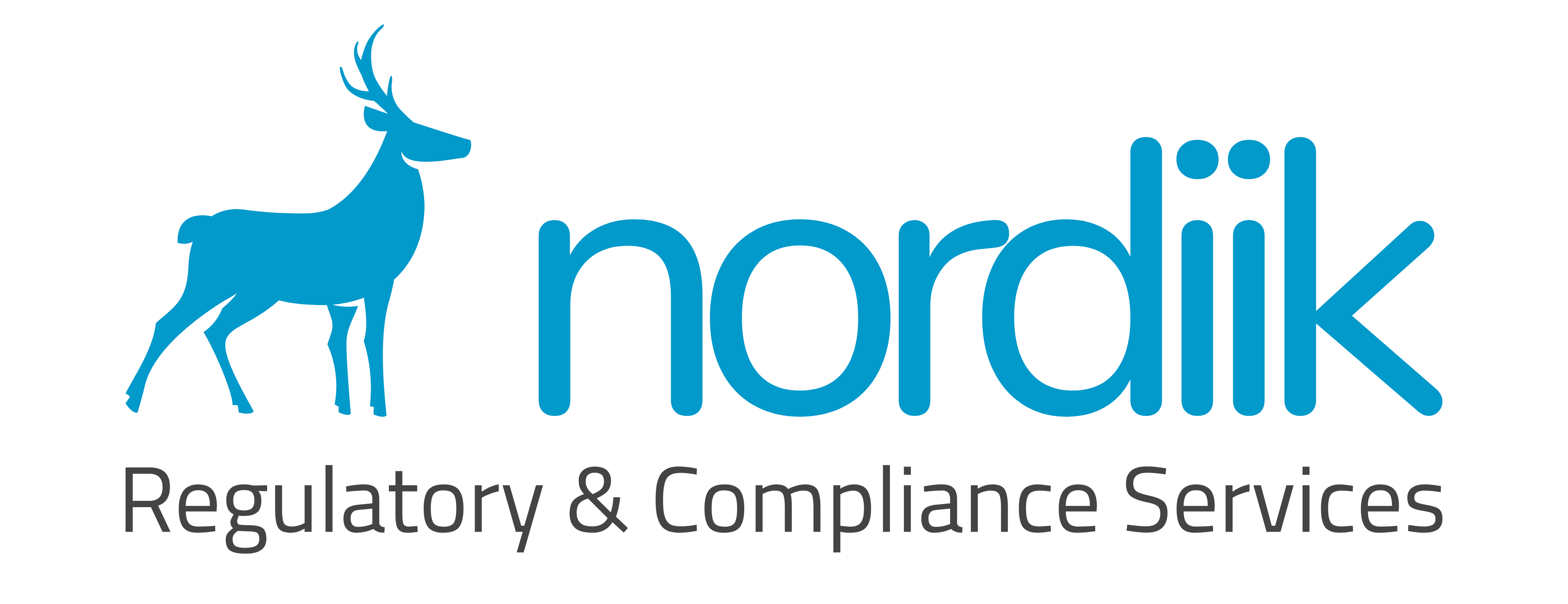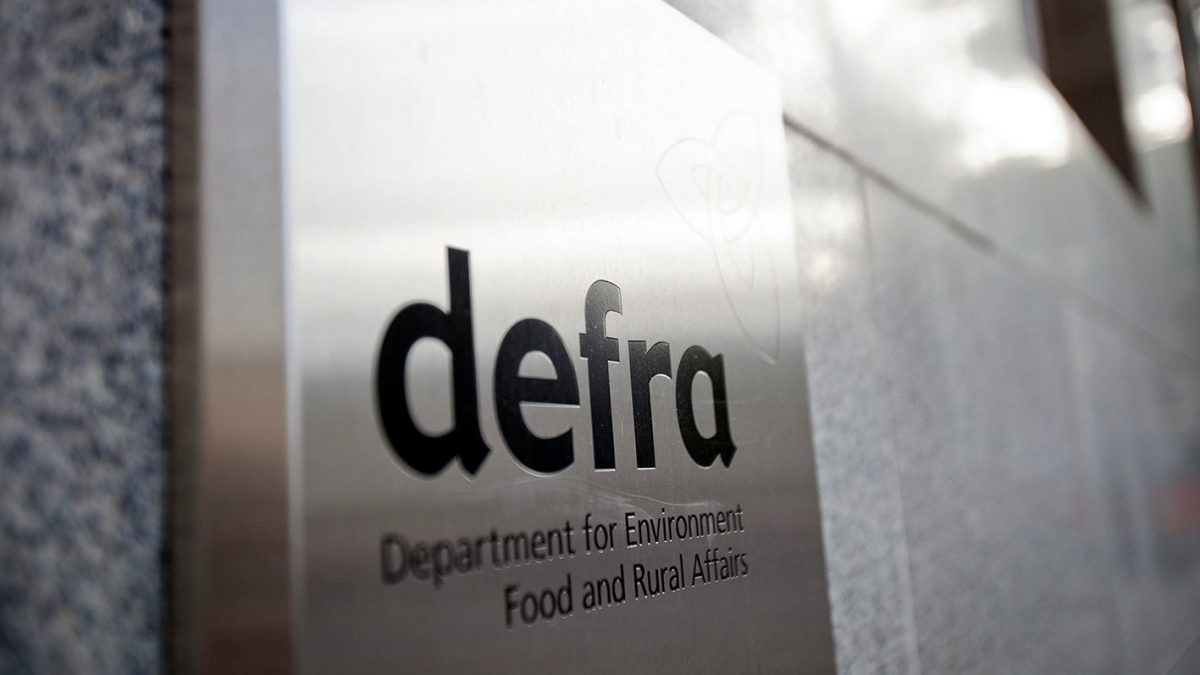UK Streamlines UK REACH Registration with Alternative Transitional Model
The UK’s Department for Environment, Food & Rural Affairs (Defra) has unveiled the details of its Alternative Transitional Registration Model (ATRm) for UK REACH. This model aims to simplify the registration process for companies already registered under the EU’s REACH regulation.
Benefits of ATRm:
- Reduced Costs: ATRm leverages existing data submitted for EU REACH, potentially saving businesses an estimated £2 billion in data access fees. Companies won’t need to duplicate efforts by re-generating the same data for the UK market.
- Minimized Testing: The model allows companies to potentially avoid new studies as long as existing EU REACH data is sufficient. This reduces testing costs and streamlines the registration process.
- Extended Deadlines: Defra has postponed UK REACH registration deadlines by three years, providing companies with more time to adapt under ATRm. The first deadline for high-volume substances has been pushed back to October 2026.
How ATRm Works:
- New Registration of Existing Substance (NRES): Companies can initially submit a minimal dossier using the NRES process. Once data requirements for UK REACH are clarified, these dossiers can be updated to include or reference relevant technical data from the EU REACH registration.
- GB-Specific Information: ATRm requires companies to provide «use & exposure» information specific to Great Britain (GB). This might include data on lower-volume imports into GB compared to the EU. However, some elements of this data are typically only required for higher tonnage bands. Defra needs to clarify how companies can address this gap.
- Reduced Hazard Data: Defra promises to reduce the amount of hazard information required to an «essential minimum.» This aims to streamline the process and reduce costs. However, the specific details remain undefined, causing uncertainty for companies regarding the data they need to submit.
- Potential for Additional Data Requests: The UK regulator (HSE) can still request additional data from companies for regulatory purposes or risk assessments. This flexibility provides the HSE with the necessary information to ensure safety but creates some uncertainty for companies in terms of potential workload.
Uncertainties and Concerns:
- Data Clarity: Companies require more specific information on the data requirements for UK REACH under ATRm. This lack of clarity hinders their ability to prepare for registrations efficiently.
- Hazard Data Reduction: NGOs express concerns that reduced hazard data requirements could compromise the UK regulator’s ability to make informed safety decisions. They believe a robust data set is crucial for ensuring chemical safety.
Looking Forward:
- Fee Review: Defra has suggested reviewing UK REACH registration fees, potentially leading to reductions compared to the current structure. This could further incentivize companies to utilize ATRm.
- Next Steps: Defra plans further consultations in early 2024. However, with deadlines approaching, companies need urgent clarification on data requirements to move forward confidently.
Current Option: While details are finalized, companies can use the NRES system to initiate registrations under UK REACH for substances previously covered by EU REACH.
This revised text expands on the information, offers a clearer breakdown of the ATRm process, and emphasizes the importance of addressing data clarity concerns for a smoother registration process.
Do you need to comply with UK REACH? Nordiik can help, contact us!
Source: Defra








